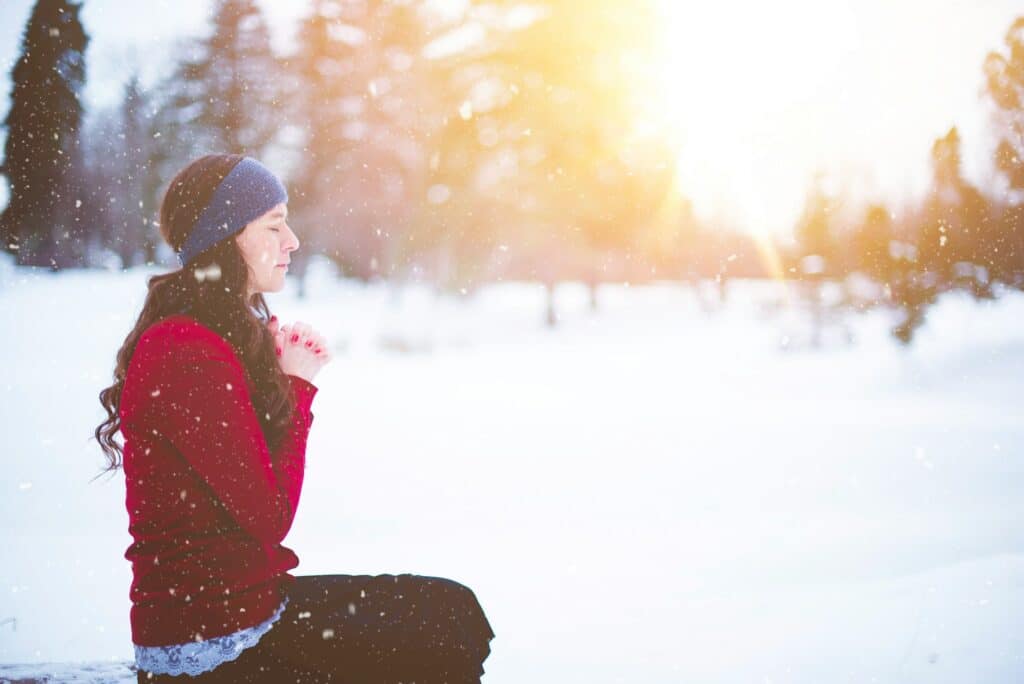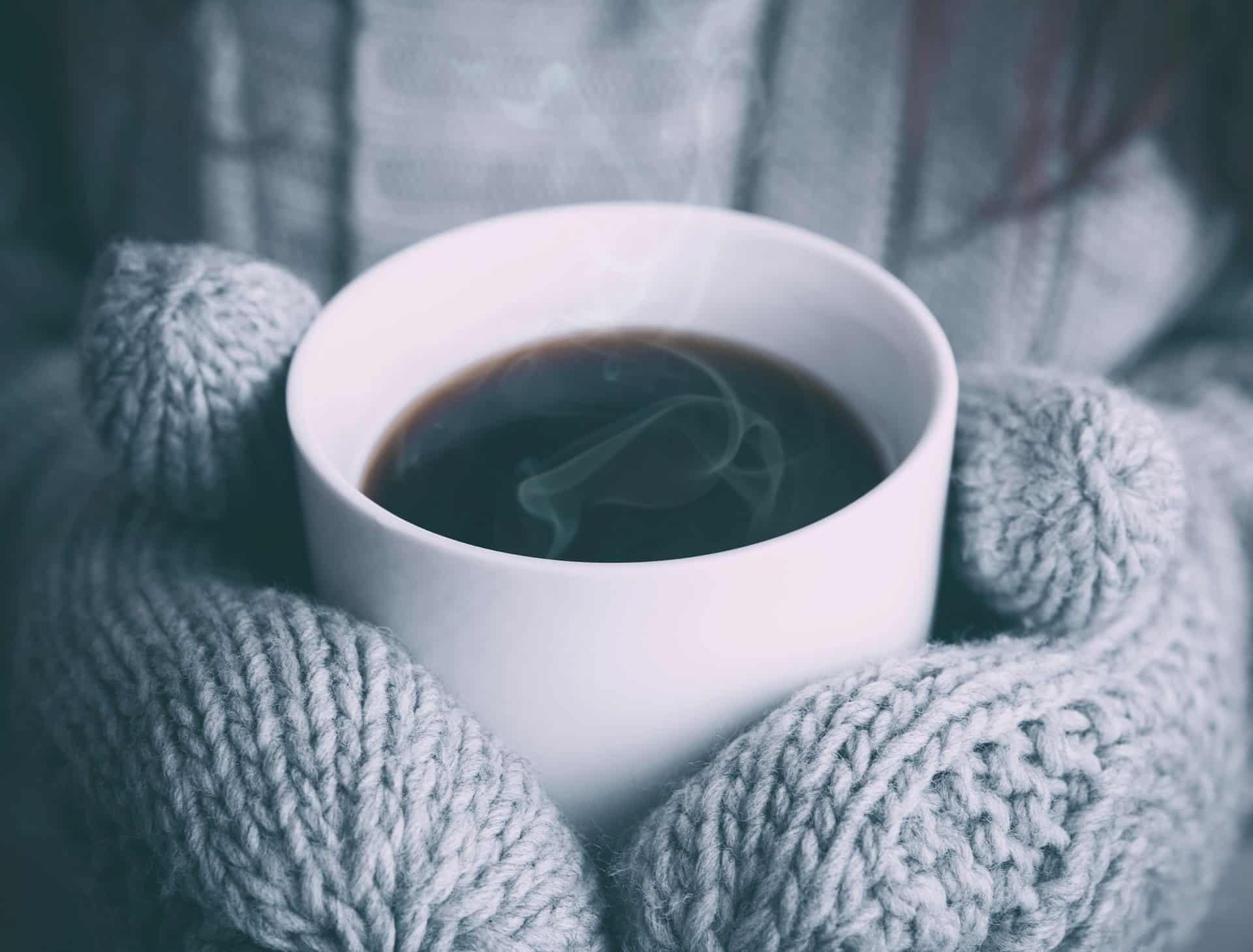The latest social media trend, the “Winter Arc Challenge,” encourages people to jumpstart their “New Year, New Me” goals as the seasons begin to shift. This challenge emphasizes self-discipline, restoration, and goal-setting through a set of structured guidelines. Though rules vary, popular videos on TikTok often feature routines that include rigid workout schedules, specific dietary choices, and meticulously planned daily agendas focused on side hustles, wellness, and self-improvement. Additional rules include stringent limits on social media use and restricted time socializing with friends. While the idea of a “winter arc” offers a positive way to reframe one’s experience with the colder months, the trend’s rigidity can foster harmful “all-or-nothing” thinking, potentially leading to burnout rather than sustainable growth and self-care.
While it can feel exciting to dive fully into new habits, research shows that individuals aiming for sustainable behavior change should avoid doing too much too quickly. Drastic changes often lead to an initial burst of motivation that soon declines, resulting in discouragement and self-criticism. Such changes also disrupt established habits and routines, creating psychological resistance, as our brains need time to process and adapt (National Institute of Health, 2024). You may recognize the “I’ll start again on Monday” mindset when struggling with rigid habits. This is due to the “temporal landmark effect,” where we use certain “landmarks” —like birthdays, anniversaries, New Year’s Day, and Mondays—to mark a mental separation between past and future behaviors (Dai et al., 2014). By implementing smaller, flexible changes that fit naturally into daily life, we reduce the need for this separation, making the new habit more sustainable in the long term.
With sustainability and flexibility in mind, let’s discuss some ways you can reframe your experience with the quiet, cold months of winter as an opportunity to turn inward and focus on personal growth in a realistic way.
Early to sleep, early to rise
Use the time change as an opportunity to start getting out of bed earlier and embrace the morning calm. Waking up before the day’s obligations begin allows you to slow down and focus on your own needs—especially beneficial for parents who often face busy mornings helping little ones before attending to themselves. Not to mention, an earlier start increases your chances of feeling naturally ready for bed at a reasonable hour, helping you to cut back on late-night habits like doom scrolling. Dr. Ketan Deoras, MD recommends the following tips to make the transition to earlier wake times (2023):
- Make gradual changes in 15 minute increments
- Get natural light (yes even winter sun) to help with natural circadian rhythm
- Exercise in morning
- No caffeine within 6-8 hours leading up to bed
- Avoid heavy meals before bed
Lift your mood, one move at a time
Movement is a powerful tool in reducing seasonal depression, as physical activity naturally boosts mood-enhancing chemicals in the brain, such as endorphins and serotonin. These chemicals act as natural antidepressants, helping to counter the lower energy levels and mood difficulties that often come with shorter days and reduced sunlight. (Bhandari, 2024). Exercise also reduces stress by lowering cortisol levels and adrenaline, which can spike with seasonal changes. (Howell, 2023). The good news is that all of these benefits are not limited to rigorous, high intensity workouts. Research shows that gentle and flexible workout routines are effective—reminding us that movement doesn’t have to be intense to be beneficial. Incorporating a variety of activities, like walking, stretching, yoga, or other low-impact exercises, allows for a more adaptable approach that fits easily into one’s daily routine and helps maintain motivation. Having an adaptable workout routine allows you to tune into your body’s energy levels and needs, establishing a strengthened mind-body connection. Equally as important as incorporating movement are rest days. Rest days allow time for muscle repair, reduce risk of injury, and help keep our mood in a stable place. UCLA researchers found that people who do not take at least one rest day per week are more likely to experience moodiness, drop in motivation, and depression symptoms (2023). Here are some functional, low impact workouts to try during the winter season:
- Qigong, which is a traditional Chinese medicine practice that incorporates movement with breathing exercises. This form of exercise has been shown to improve psychological resilience and restore homeostasis within the body (Yeung, 2018). For Qigong classes, look into Youtube creators ‘QiYoga with LuChin’ and ‘Qigong for Vitality.’
- Walking, a form of movement that is accessible without an expensive gym membership, has been shown to reduce depression and anxiety symptoms compared to living a sedentary lifestyle (McCloskey, 2024). Looking for small opportunities each day to walk, such as taking the stairs, walking to run errands, or enjoying a stroll with your pet, can make a big difference in how you feel. It is also a chance to get outside and challenge yourself to notice the beauty within the winter scenery.
- Dancing, a fun alternative to more traditional exercise methods, has been proven to reduce feelings of loneliness, decrease rumination, and enhance cognitive abilities (Field, 2024). The wonderful part about dancing is the variety of ways it can be incorporated into one’s day. Taking dance classes, going out dancing with friends, or watching dance fitness videos on Youtube are just some of the ways you can get moving!
Welcoming winter through seasonal specialities
Winter’s seasonal specialties offer a chance to slow down, embrace nature’s natural cycles, and enjoy the comfort and coziness that comes along with seasonal shifts. The unique components of the winter months invite us to lean into the season’s quieter, cozier pace. By embracing these winter rituals and dropping resistance, we can find joy in the colder months and make them just as meaningful and enjoyable as the other seasons. In Danish Culture, the term ‘Hygge” is often used to refer to embracing winter. Hygge roughly translates to mean coziness, and is trademarked by warm drinks and foods, candles and fire as forms of light, comfortable clothing, blankets, relaxation, and time outdoors. (Martinko, 2018).
Embrace a new skill or hobby
As winter brings a natural slowdown in social commitments and activities, it’s an ideal time to use the extra downtime to learn or strengthen a new skill or hobby. Researchers note that engaging in new hobbies—whether it’s learning a new language, trying out painting, or learning to cook—can greatly boost mental health. Learning something new stimulates the brain, fostering a sense of accomplishment and personal growth, while also reducing stress and improving resilience (Ningthoujam, 2024). Hobbies provide a healthy escape from daily worries and can elevate mood by fostering mindfulness and present-moment awareness. A skill particularly helpful for enhancing this focus is called Mundane Task Focusing (MTF), which encourages “moving mindfulness” by bringing awareness to even the simplest daily tasks. For instance, if you choose cooking as your winter hobby, try to engage in it without distractions. Use all five senses—taste, touch, sight, smell, and hearing—to fully immerse yourself in each step. This approach not only makes the experience more enjoyable but also builds a habit of mindfulness that can be applied to any activity throughout the day.
Evaluate your social media use
Re-evaluating social media use can be a transformative step toward improving mood and embracing self-growth this winter. Constant scrolling and exposure to romanticized content can lead to unhealthy comparison, self-criticism, and can trigger or worsen mental health disorders. Here are some tips for working towards a healthy relationship with social media. And remember, it’s a marathon, not a sprint!
Do a Mindful Check In: Take 5 minutes before and after social media use to check in with how you’re feeling. You can do this by closing your eyes and doing a quick scan of your bodily sensations and thoughts. Once you have completed the scan give yourself a 0-10 rating of how you are feeling in the moment. Do this same exercise once you are done scrolling. Do you feel the same or better? This may indicate you have a healthy relationship with social media. Do you feel worse? This may indicate you would be better served engaging in a different activity or adjusting the way you engage online.
Track Screen Time: Reflecting on how much time is spent online, and how it affects your mood, can provide insight into whether social media is helping or harming your mental well-being. Setting intentional boundaries, such as creating specific times to check social media — such as in the morning or evening — rather than mindlessly scrolling throughout the day helps reduce digital consumption. Do not fall into the ‘all or nothing’ trap as social media is not all bad. Instead of deleting those apps (only to reinstall them later), aim to reduce your social media intake by 5 minutes per day until you are at a number that feels right for you.
Re-evaluate: Take some time to scroll through your social media pages and reassess the accounts you follow and the content you consume on a regular basis. Although we can’t control everything that comes across our feed, we can do our best to make it a place of neutrality and positivity.
The winter months can be an opportunity for personal growth and self-restoration rather than simply a season to endure. While the Winter Arc Challenge trend may offer some inspiration, embracing a more flexible approach to winter wellness promotes mental well-being and sustainable progress. From mindful movement routines and sleep hygiene to enjoying seasonal specialties and learning new skills, these practices encourage a balanced approach to the colder months. By reframing winter as a time for introspection and restoration, we can develop a winter routine that not only supports our goals but also enhances our resilience and mood. Embracing the unique aspects of winter helps turn this quieter season into one of enrichment, mindfulness, and a greater sense of balance. Implementing these research-backed recommendations may have you finding yourself craving and looking forward to the seasonal shifts.
References
Bhandari, S. (2024). Exercise and Depression. WedMD. Retrieved from: https://www.webmd.com/depression/exercise-depression
Dai, H,, Milkman, K., Riis, J. (2014) The Fresh Start Effect: Temporal Landmarks Motivate Aspirational Behavior. Management Science. Retrieved from: https://faculty.wharton.upenn.edu/wp-content/uploads/2014/06/Dai_Fresh_Start_2014_Mgmt_Sci.pdf
Deoras, K. (2023). 4 Benefits of Waking Earlier and How to Make the Transition. Summa Health. Retrieved from https://www.summahealth.org/flourish/entries/2023/09/4-benefits-to-waking-early-and-how-to-make-the-transition
Field, B. (2024). How Dancing Helps Your Mental Health. VeryWellMind. Retrieved from: https://www.verywellmind.com/how-dancing-helps-your-mental-health-5206963
Howell, J. (2023). How Changes in Season Affect You and Your Cortisol Output. Southern Integrative and & Environmental Medical. Retrieved from: https://siemedical.com/how-changes-in-seasons-affect-you-and-your-cortisol-production-output/
Martinko, K. (2018). How to Have A Hygge Winter. Treehugger Digital Publishing. Retrieved from: https://www.treehugger.com/how-have-hygge-winter-4855811
McCloskey, S. (2024). One Small Step: The Mental Health Benefits of Walking Outside. VCU Health. Retrieved from: https://www.vcuhealth.org/news/one-small-step-the-mental-health-benefits-of-walking-outside#:~:text=What%20are%20some%20of%20the,feelings%20of%20anxiety%20for%20adults.
N/A. (2023). How Often Should You Take A Rest Day? UCLA Health. Retrieved from: https://www.uclahealth.org/news/article/how-often-should-you-take-rest-day#:~:text=Resting%20gives%20your%20body%20a,allow%20your%20muscles%20to%20strengthen.
N/A. (2012). Breaking Bad Habits: Why It’s So Hard to Change. National Institute of Health. Retrieved from: https://newsinhealth.nih.gov/2012/01/breaking-bad-habits#:~:text=In%20a%20sense%2C%20then%2C%20parts,not%20simply%20creatures%20of%20habit
Ningthoujam, N. (2024). 10 Reasons Why Learning Something New As Adults Can Help You Live A More Wholesome Life. Health Shots. Retrieved from: https://www.healthshots.com/mind/happiness-hacks/benefits-of-learning-something-new/
Yeung, A. (2018). Qigong and Tai Chi for Mood Regulation. Psychiatry Online. Retrieved from: https://www.psychiatryonline.org/doi/10.1176/appi.focus.20170042#:~:text=Qigong%20and%20Tai%2DChi%20have,symptoms%20of%20anxiety%20and%20depression.



